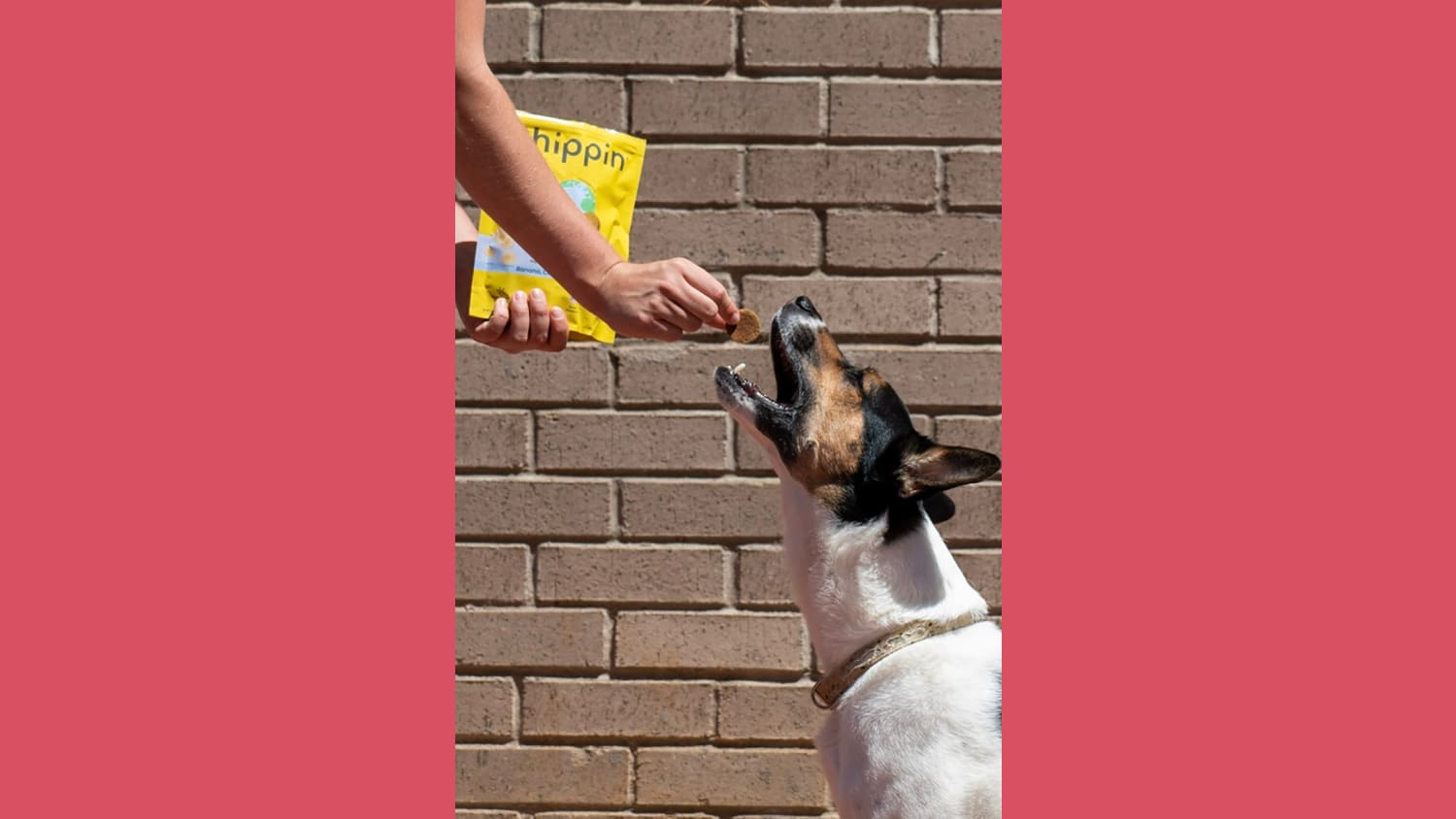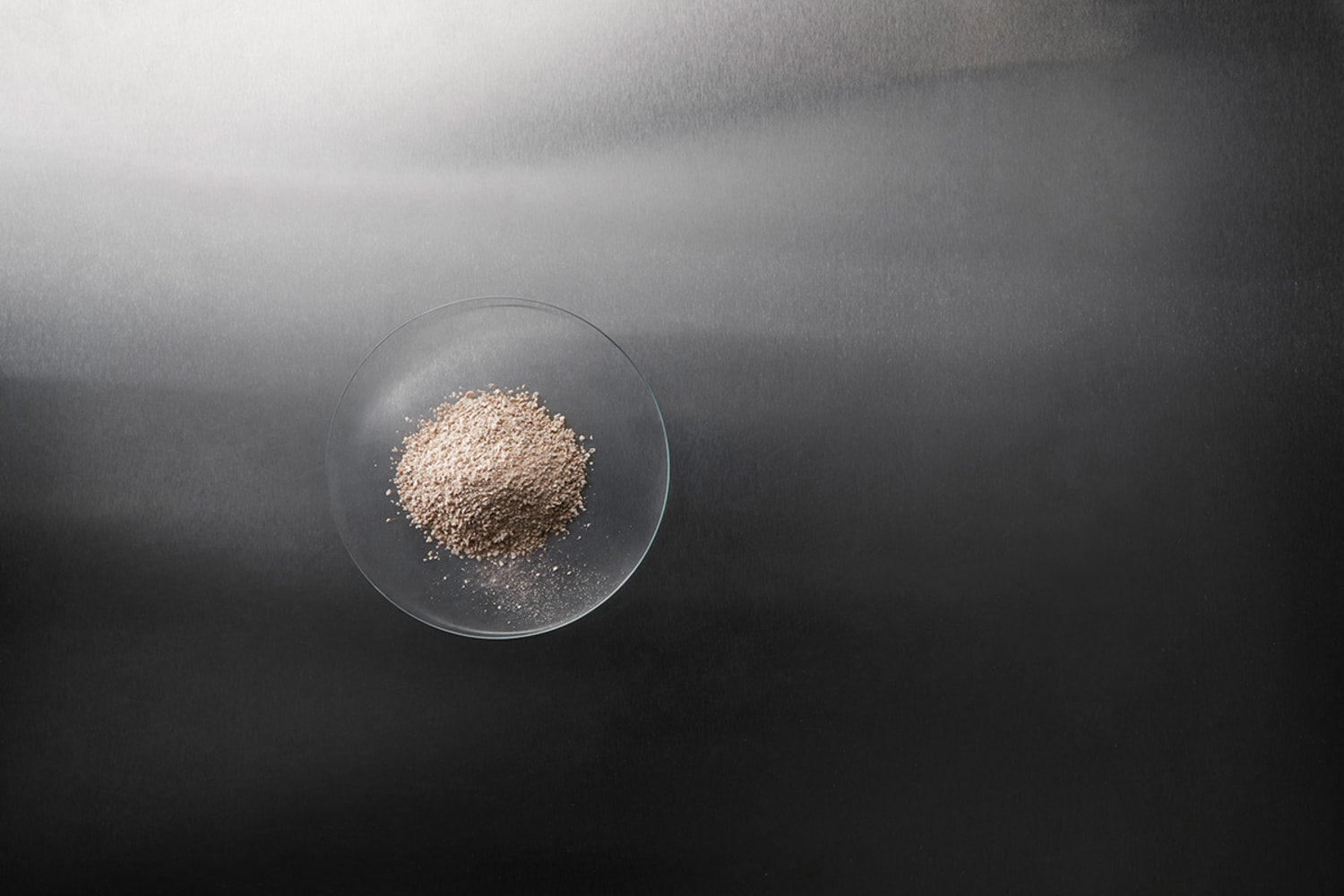According to research by Our World in Data, almost 80% of the world’s agricultural area is used for animal grazing and producing feed. Start-ups and established pet food brands are responding to their industry’s climate impact by looking beyond traditional protein sources and production methods.
As alternative sources of protein become increasingly popular in the human world, the pet food market is also embracing more sustainable practices.

US-based company Chippin is tackling an overpopulation problem in the Great Lakes by making protein from silver carp, an invasive species that has been destroying the area’s biodiversity since the 1970s. Sourced from eco-friendly fisheries, these fishy treats are a complete source of protein, more easily digestible than chicken, and rich in Omegas 3 and 6.
Hoppers, another US-based start-up, makes cricket-derived treats that contain two times as much protein as beef, and more vitamin B12 than salmon. It is also naturally rich in iron, calcium, zinc, and amino acids. And it doesn’t stop there – the products boast significant environmental benefits: according to Hoppers, crickets release 80% less methane than cows and require 15 times less water and feed.

Companies are also finding and optimizing sustainable processes for commercial protein production. Finnish company eniferBio, winner of the Unleashed by Purina 2022 Challenge, an accelerator program for the next generation of pet tech and pet care startups, are deriving mycoprotein from fungi. The PEKILO® protein they produce has been used in land animal feed for decades, but with climate fears intensifying in the 2020s eniferBio are seeking applications in new markets and scaling up production to meet modern protein needs.
Another Unleashed by Purina 2022 winner is Spanish start-up MOA Foodtech, a company that combines artificial intelligence and biotechnology to “upcycle the food industry.” In short, MOA uses waste and by-products of agri-food production to create new, more sustainable sources of protein. By using the side streams of various industries, such as sugar, wheat, corn, and beer, the process has a much lower impact than animal-derived and even plant-derived protein.
Although resources for human consumption remain top of the agenda, the environmental impact of the pet food industry means consumers are increasingly scrutinizing what they feed their furry companions. The benefits are clear: alternative protein is cheaper, more efficient, and just as (if not more) good for pet’s health. While humans remain hesitant about crickets, our pets seem more willing to dig in.
Main image courtesy of EniferBio.


